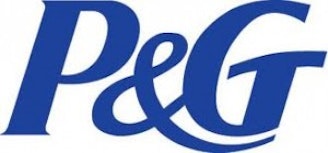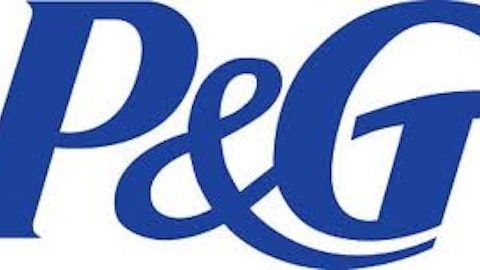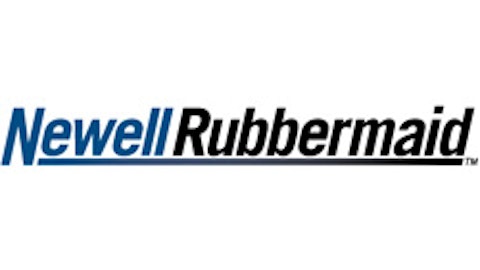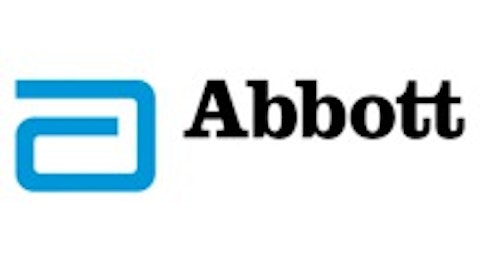
A problem too large to push under the covers
According to the National Sleep Foundation, insomnia is the most common sleep complaint in the U.S. Coming in two forms — an acute form that usually abates after a short period of time, or a chronic version that can last for months or years — insomnia affects between 30% and 40% of the U.S. population during the year based on research by the National Center for Sleep Disorders Research.

Source: Alyssa L. Miller, Flickr.
Putting that figure into context, in a given year around 100 million people in the U.S. alone are having a hard time getting the proper amount of sleep needed to recharge their body. Without adequate rest, people exhibit a higher incidence rate of depression; run a higher risk of developing health complications; and miss more work than those with no sleep disorders.
What’s really depressing about insomnia, more so than the actual disorder itself, is just how unsuccessful many insomnia drugs have performed over the past decade.
Understandably, there are often ulterior conditions that can lead to insomnia rather than the insomnia being the dominant disorder. Being pregnant, for instance, can lead to insomnia in women. Certain medications, such as those taken for heart disease and high blood pressure, and even treatments for the common cold, can lead to loss of sleep. But, even taking that into account, the breakthroughs in sleep medication over the past decade have been severely lacking.
One disappointment after another
Take Transcept Pharmaceuticals Inc (NASDAQ:TSPT)‘ Intermezzo, for example. It was approved by the Food and Drug Administration in late 2011 to treat insomnia characterized by waking up and not being able to fall back asleep. On paper, this drug should be selling like hotcakes. In Transcept Pharmaceuticals Inc (NASDAQ:TSPT)’s most recent quarter, it recognized only $500,000 in net royalty revenue from the sale of Intermezzo. However, it also spent $6.3 million with marketing partner Purdue Pharma on a direct-to-customer advertising campaign (which didn’t do very much as you can see) and resulted in negative $5.8 million in revenue. With notoriously high co-pays, Intermezzo appears down for the count.
A similar drug was approved in 2010 by the now-defunct Somaxon Pharmaceuticals known as Silenor. Targeted as a sleep maintenance drug (one designed to keep patients asleep once they fall asleep), investors had high hopes and rocketed shares of Somaxon as high as $12 per share, but hope faded quickly. Somaxon partnered with The Procter & Gamble Company (NYSE:PG) shortly after Silenor’s approval, but not even its experienced marketing team could invigorate sales. Worse yet, Somaxon left the door wide open for The Procter & Gamble Company (NYSE:PG) to exit the partnership as it saw fit since it was responsible for nearly the entire burden of marketing costs. The Procter & Gamble Company (NYSE:PG) essentially worked out a “we’ll stick around if things go well, but you’re taking the heat if sales stink” type of deal.





